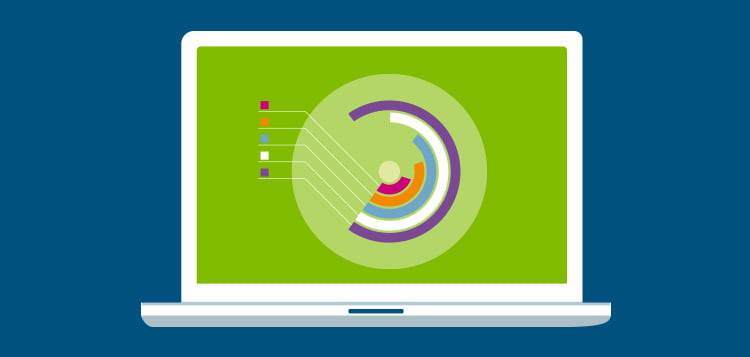Keen To Find Exactly How Site Layout Has Transformed Over Time? Dive Into The Advancement From Simplicity To User-Focused Experiences.
Keen To Find Exactly How Site Layout Has Transformed Over Time? Dive Into The Advancement From Simplicity To User-Focused Experiences.
Blog Article
Material Writer-Asmussen Singer
In the past, sites were straightforward and concentrated on info. Navigation was straight, and design was for desktops. Now, individual experience is crucial. Information guides styles for easy navigation. Receptive formats suit various devices. Today, dark mode lowers stress, and minimalist food selections boost navigation. Interactive attributes involve individuals, and bold visuals stand apart. AI integration boosts interaction. See exactly how layout has evolved to improve your online journey.
Very Early Days of Web Design
In the early days of website design, simplicity preponderated. Web sites were basic, with limited shades, typefaces, and formats. The emphasis got on supplying info as opposed to showy visuals. Customers accessed the web via sluggish dial-up links, so rate and performance were essential.
Navigating menus were straightforward, commonly situated at the top or side of the web page. Internet sites were made for desktop, as mobile browsing had not been yet widespread. Web content was king, and developers prioritized very easy readability over complicated design components.
HTML was the main coding language utilized, and designers had to work within its constraints. Computer animations and interactive attributes were minimal contrasted to today's requirements. Internet sites were static, with little dynamic content or personalized customer experiences.
Increase of User-Focused Style
With the advancement of web site design, a change towards user-focused layout principles has come to be increasingly prominent. Today, developing websites that focus on customer experience is important for involving site visitors and accomplishing organization objectives. User-focused layout involves comprehending the needs, choices, and habits of your target audience to tailor the internet site's design, material, and includes as necessary.
Designers now perform detailed research study, such as customer surveys and functionality screening, to gather insights and comments directly from users. This data-driven approach assists in developing instinctive navigation, clear calls-to-action, and aesthetically enticing interfaces that reverberate with site visitors. By putting the individual at the facility of the style process, sites can deliver an extra customized and satisfying experience.
Responsive layout has actually likewise become an essential element of user-focused design, making sure that internet sites are enhanced for various devices and screen dimensions. https://wordpressseoplugins95062.eedblog.com/29948373/strategies-for-ppc-success-performing-thorough-key-words-research enhances accessibility and use, satisfying the varied means users engage with sites today. Basically, the increase of user-focused layout signifies a change towards developing digital experiences that prioritize the demands and assumptions of the end user.
Modern Trends in Website Design
Check out the current patterns shaping website design today. One noticeable fad is dark setting layout, providing a smooth and modern look while decreasing eye strain in low-light atmospheres. One more vital trend is minimalist navigation, streamlining menus and improving customer experience by focusing on essential elements. Including micro-interactions, such as computer animated switches or scrolling results, can develop a much more interesting and interactive website. Receptive style continues to be vital, making certain smooth user experiences across various devices. Additionally, utilizing strong typography and unbalanced formats can add aesthetic interest and accentuate details web content.
Integrating AI modern technology, like chatbots for client support or individualized referrals, boosts individual interaction and simplifies processes. Availability has additionally end up being a substantial pattern, with developers focusing on inclusive layout methods to accommodate varied individual demands. Accepting sustainability by maximizing site performance for speed and efficiency is an additional arising pattern in web design. Working together with user feedback and data analytics to repeat and enhance layout continually is important for staying pertinent in the ever-evolving electronic landscape. By welcoming simply click the next document , you can develop a visually attractive, straightforward site that reverberates with your audience.
Conclusion
As you reflect on the evolution of web site design from the very early days to currently, you can see just how user-focused style has become the driving force behind modern trends.
Accept the trip of adjustment and adjustment in website design, constantly keeping the user experience at the forefront.
Remain present with the current fads and innovations, and never quit developing your strategy to develop visually stunning and easy to use internet sites.
Advance, adjust, and create - the future of website design remains in your hands.
